Trees
Trees
Fun FAQs
and the Bees
Bloomers
Potpourri
JEOPARDY
This is Washington's state tree, adopted in 1947 after a recommendation from our friends in Oregon.
What is Western Hemlock?
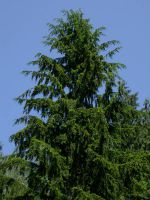


This botanist and co-founder of WNPS served as our first president.
Who is Art Kruckeberg?

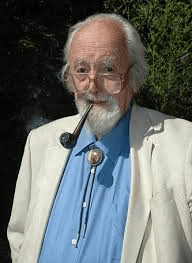
This speedy pollinator has a short tongue and a lustrous green head and thorax.
What is the Green Sweat Bee?
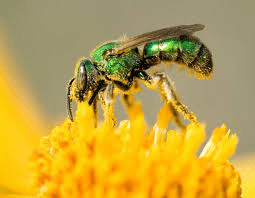
The petals of this spring bloomer start as white or pinkish, and age to pink or purplish.
What is Trillium Ovatum?
In our region, English Ivy, English Holly and Scot’s Broom are examples of this.
What are invasive species?
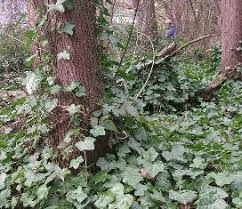
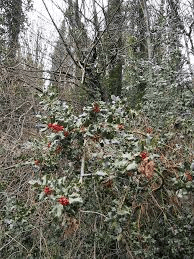
The fruit of this shrub can be beaten into a foamy substance sometimes called ice cream.
What is Shepherdia canadensis
(aka Soopolallie, Soapberry, Canadian or Russet Buffaloberry, Rabbitberry, or Foamberry)?

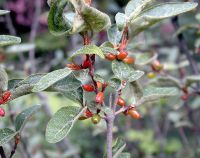
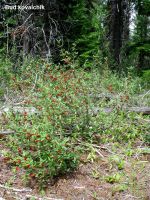
This conifer cone has visible parts that have been likened to little mouse tails and hind legs.
What is Douglas Fir?
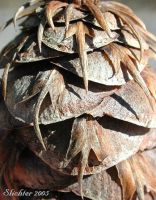
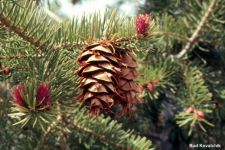

The WNPS logo includes these two native plants.
What are Vine Maple and Douglas Fir?
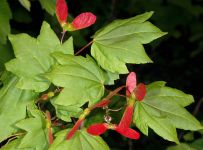
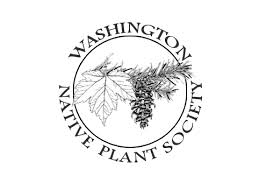
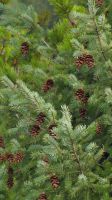
These diminutive and chatty birds tend to forage for insects in large groups.
What are Bushtits?

The bulb of this species was an important supplemental vegetable for coastal Native Americans.
What is Camassia?
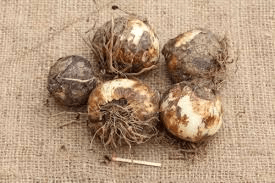

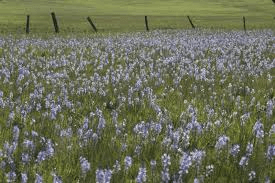
The bark of this understory tree contains a strong laxative.
What is Cascara?
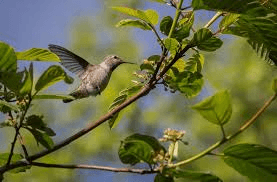
These animals have been described as “environmental Swiss Army knives” by author Ben Goldfarb.
What are beavers?
The fruits of this native tree are popular in jams and wines, but are highly toxic when eaten raw.
What is Red Elderberry?
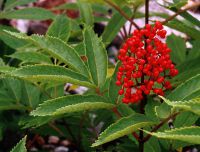
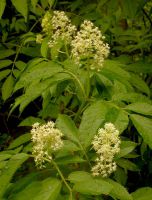
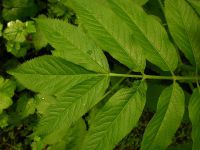
The mission of WNPS is to promote the appreciation and conservation of Washington’s native plants and their habitats through these three things.
What are study, education and advocacy?
This most common PNW woodpecker has a distinctive black breast band.
What is the Northern Flicker?
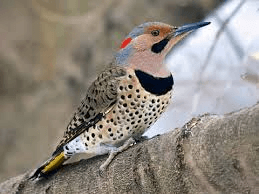
These “Old Men of the Mountain” have been described as the first to rise and the last to slumber.
What are Western (or Mountain) Pasqueflowers (Anemone occidentalis)?
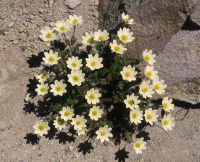
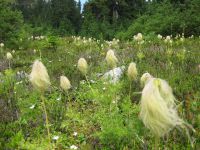
Oplopanax horridus is an especially appropriate name for this prickly plant.
What is Devil’s Club?
This New York Times best-selling author wrote “Nature’s Best Hope”
Who is Douglas Tallamy?

Native Americans of the Pacific Northwest consider this the “Tree of Life.”
What is Western Red Cedar?
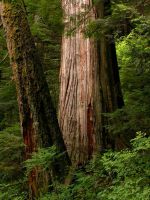
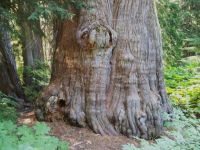
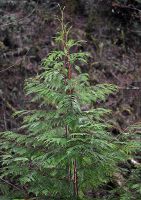
This community-based program began in 1996 in response to numerous requests for public information about native plants and native plant habitats.
What is the Native Plant Stewardship Program?
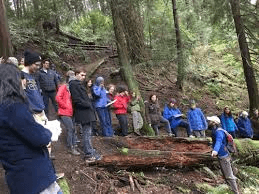
This group of pollinators is second in importance to the Hymenoptera (bees, wasps, ants and sawflies), and are the major nocturnal pollinators of flowers.
What are moths?
This monocot is named after a nymph in Greek mythology.
What is Calypso Bulbosa (Fairy Slipper Orchid)?



Unemployment during the Great Depression caused a rise in harvesting this wild berry for income.
What is Huckleberry?
This American marine biologist, conservationist and author was credited with advancing the movement that led to the creation of the EPA, and banning DDT.
Who is Rachel Carson?

Red Alders host these nitrogen-fixing bacteria in nodules borne on their roots.
What are Frankia?
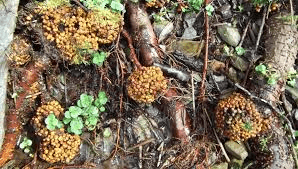
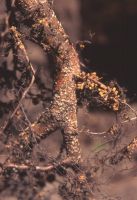
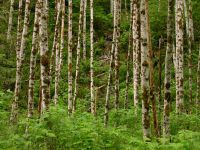
These were the first 4 WNPS chapters formed in 1977.
What are Central Puget Sound, South Sound, Central Washington, and Palouse?
This word describes pollination by birds.
What is ornithophily?
Tweedy’s Lewisia has recently been given this new scientific name.
What is Lewisiopsis Tweedyi?
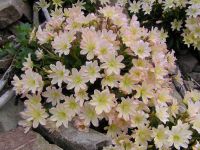
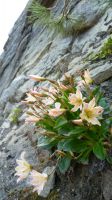

This genus contains a groundcover, a shrub, and a tree all native to our area.
What is Cornus (Bunchberry, Red-Osier Dogwood, and Pacific Dogwood)?
This word describes pollination by bats.
What is chiropterophily?